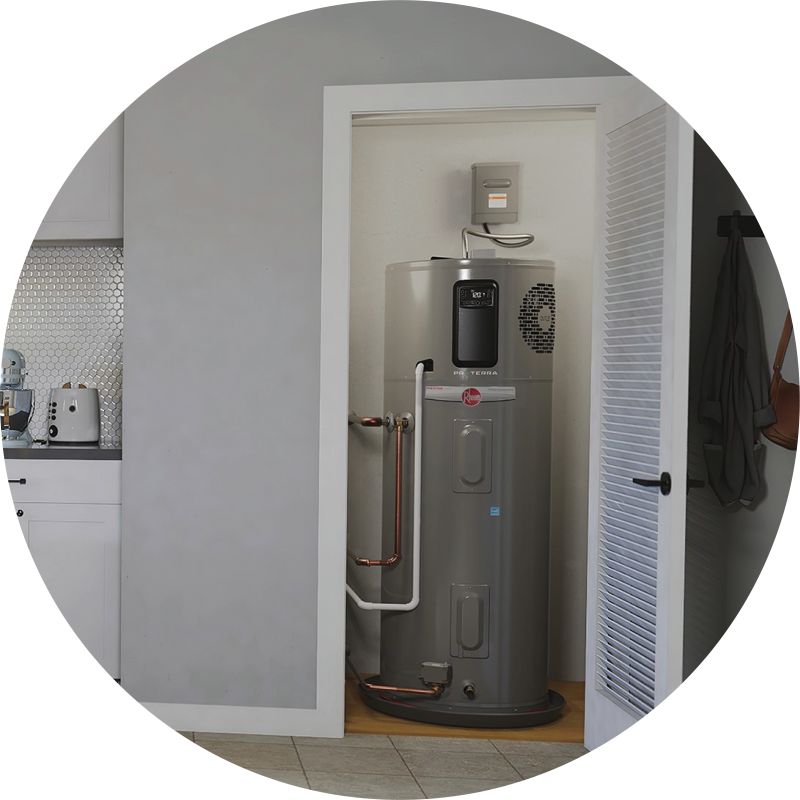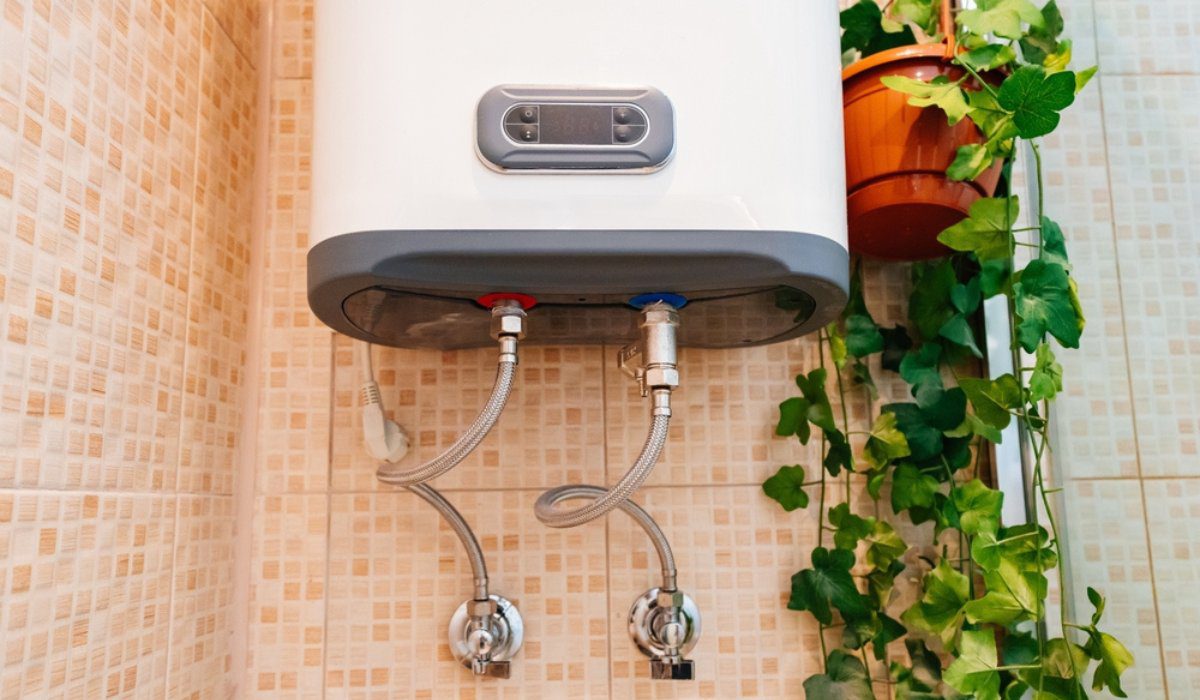Making Sure Longevity of Your Home's Hot Water System: Maintenance TipsEasy Steps to Maintaining Your Home's Hot Water System
Making Sure Longevity of Your Home's Hot Water System: Maintenance TipsEasy Steps to Maintaining Your Home's Hot Water System
Blog Article
How do you really feel about What Kind of Maintenance Do Water Heaters Need??

Warm water is crucial for day-to-day comfort, whether it's for a refreshing shower or washing recipes. To guarantee your hot water system runs efficiently and lasts much longer, regular upkeep is vital. This post gives useful pointers and insights on just how to preserve your home's warm water system to prevent disruptions and expensive repair services.
Intro
Maintaining your home's warm water system might appear challenging, yet with a few basic actions, you can ensure it runs efficiently for many years ahead. This guide covers every little thing from comprehending your warm water system to do it yourself upkeep ideas and knowing when to call expert help.
Value of Maintaining Your Warm Water System
Regular upkeep not only expands the life expectancy of your warm water system but likewise ensures it runs efficiently. Overlooking upkeep can lead to reduced performance, greater energy expenses, and also premature failure of the system.
Indications Your Warm Water System Needs Maintenance
Understanding when your warm water system needs attention can stop significant issues. Watch out for indications such as irregular water temperature level, strange noises from the heating unit, or rustic water.
Recognizing Your Warm Water System
Prior to diving right into maintenance tasks, it's valuable to recognize the standard components of your warm water system. Commonly, this includes the hot water heater itself, pipelines, anode poles, and temperature level controls.
Monthly Maintenance Tasks
Regular regular monthly checks can assist capture small concerns prior to they escalate.
Purging the Hot Water Heater
Purging your hot water heater gets rid of sediment buildup, improving efficiency and extending its life.
Checking and Replacing Anode Rods
Anode rods stop rust inside the container. Evaluating and changing them when broken is critical.
Evaluating and Readjusting Temperature Level Setups
Readjusting the temperature level setups makes certain ideal performance and security.
DIY Tips for Maintenance
You can perform several maintenance jobs on your own to maintain your warm water system in leading condition.
Checking for Leaks
Routinely examine pipes and connections for leaks, as these can lead to water damages and greater costs.
Checking Pressure Relief Valves
Testing the pressure relief valve ensures it operates appropriately and avoids extreme stress buildup.
Protecting Pipelines
Shielding hot water pipes minimizes warmth loss and can save energy.
When to Call an Expert
While do it yourself upkeep is advantageous, some problems call for specialist proficiency.
Complicated Problems Calling For Professional Help
Instances consist of significant leakages, electrical problems, or if your water heater is constantly underperforming.
Regular Specialist Upkeep Benefits
Professional maintenance can consist of thorough evaluations, tune-ups, and making certain compliance with safety and security requirements.
Verdict
Regular upkeep of your home's hot water system is vital for efficiency, durability, and price savings. By complying with these tips and understanding when to look for specialist help, you can make sure a dependable supply of warm water without unanticipated disruptions.
How to Maintain an Instant Hot Water Heater
Before tinkering with your hot water heater, make sure that it’s not powered on. You also have to turn off the main circuit breaker and shut off the main gas line to prevent accidents. Also turn off the water valves connected to your unit to prevent water from flowing into and out of the appliance. 2. When you’re done, you have to detach the purge valves’ caps. These look like the letter “T” and are situated on either side of the water valves. Doing so will release any pressure that has accumulated inside the valves while at the same time avoid hot water from shooting out and burning your skin. 3. When the purge valves’ caps are removed, you have to connect your hosing lines to the valves. Your unit should have come with three hoses but if it didn’t, you can purchase these things from any hardware or home repair shops. You can also get them from retail stores that sell water heating systems. Read the user’s manual and follow it to complete this task properly. When the hosing lines are connected, open the purge port’s valves. 4. You should never use harsh chemical cleaners or solutions when cleaning your unit. Make use of white vinegar instead. It should be undiluted and you’ll probably use about 2 gallons. 5. Now flush your water heater. This task should probably take about 40 minutes. We can’t give you specific directions for this because the procedure is carried out depending on the type, model and brand of your heater. With that being said, refer to the user’s manual. 6. When you’re done draining the unit, you have to turn off the purge port valves again. Remove the hosing lines that you earlier installed on each of the water valves. Put the valve caps (purge port) back in their respective places and be very careful so as not to damage the rubber discs that are found inside these caps. 7. Now that everything’s back in place, check your user’s manual again to find out how to reactivate your water heating system. 8. Once it is working, turn one of your hot water faucets on just to let air pass through the heater’s water supply pipes. Leave the tap on until water flows smoothly out of it. https://www.orrplumbing.com/blog/2014/september/how-to-maintain-an-instant-hot-water-heater/

As a fervent person who reads on Water Heater Maintenance Tips You Can't Afford to Forget, I assumed sharing that piece of content was essential. Sharing is good. You never know, you may be doing someone a favor. I thank you for your readership.
Book Today! Report this page